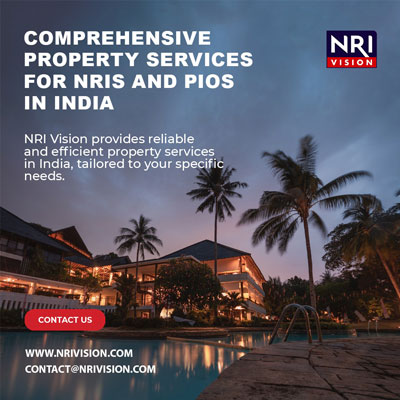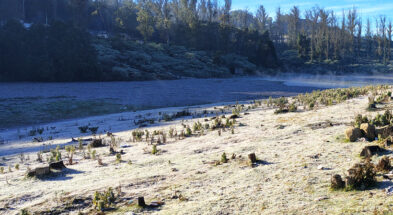Hotels by the sea or on the beach are always a favourite destination for tourists. Many of them will be hotels that hide something special. The hotel in the Meloy area of northern Norway is structured to amaze travellers like that. It is a design that stuns the viewers, designed by award-winning Norwegian architect firm Snøhetta.
Svart is a circular hotel built on the shores of the Swartisen Glacier in the Meloy region. The 99-room hotel includes four restaurants with locally inspired tasting menus ranging from rustic to gourmet and with many other dishes made with produce grown at the sustainable farm on-site. All the rooms are equipped with windows that open to the beautiful bay views. The hotel has a circular shape design with more attractive and spacious ideas, and in a way that does not harm the environment at all. It is made using local and natural products and inspired mainly by a Norwegian fiskehjell, a wooden structure used to dry fish, and a rorbue, a fisherman’s traditional seasonal home in with the surrounding nature. There is also a farm here to produce the ingredients for the four restaurants inside the hotel.
Apart from this, Svart also has an educational centre and design laboratory with indoor-outdoor spas, sound therapy, cryotherapy, and Nordic-inspired therapy for travellers arriving to stay at the hotel. There will also be two electric boats to transport visitors. There are also facilities for ice climbing, yoga classes, wildlife watching, diving, and fishing on the glacier. One of the exciting and vital features of the building is that it is ‘Energy Positive’. Everyone has heard of ‘carbon neutral’, but what is ‘energy positive’? The Svart Hotel in the Arctic Circle came up with the idea. The hotel, which is scheduled to open by 2022, will generate more energy for its operations. This is why it is called ‘energy positive’. Another feature is that it will have the facility to generate electricity from solar energy, saving 85 per cent of the annual energy consumption. This is how hotel operations, the energy for shuttle boat operations, and the energy needed to build the building are all generated. Waste management will also be carried out effectively, and they envisage achieving full self-sufficiency within five years of opening.



















